The NVIDIA SHIELD Tablet Review
by Joshua Ho on July 29, 2014 9:00 AM EST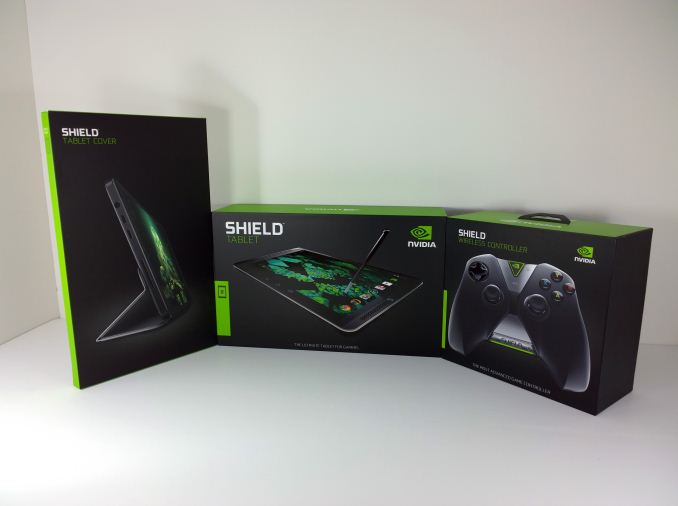
As I discussed in our launch article last week, the Shield tablet is very much the culmination of lessons learned from 2013. While the Tegra Note 7 was a decent tablet, it had to eke out a profit through hardware sales against competition that was willing to sell their tablets with no profit on hardware. Meanwhile the Shield portable was a good portable gaming device, but it was far too specialized to be anything but a gaming device. Without an established gaming ecosystem, NVIDIA struggled against established competitors.
As a result of these influences, today NVIDIA is becoming the first OEM to launch a serious gaming tablet running Android. While gaming tablets have been done before, they’ve been few and far between. Now it has always been technically possible to take a high end tablet and make it usable for gaming, but for the most part these attempts are marred by either the need for root or an application that requires extensive work on the part of the user to create proper control profiles for each game. In addition, the SoC in the tablet is often underequipped for intensive 3D gaming.
That’s where the Shield tablet comes in. With Tegra K1, a dedicated controller, 2x2 WiFi, and a huge amount of custom software, there’s definitely a lot of ground to cover. Once again, while the Shield tablet is a gaming device, it must also be a good tablet. To that end, NVIDIA has tried to differentiate this tablet with DirectStylus 2 and dual front facing speakers/bass reflex ports. I’ve included a table of specifications below to give a general idea of what the tablet is like.
| NVIDIA Shield Tablet | |
| SoC | Tegra K1 (2.2 GHz 4x Cortex A15r3, Kepler 1 SMX GPU) |
| RAM/NAND | 2 GB DDR3L-1866, 16/32GB NAND + microSD |
| Display | 8” 1920x1200 IPS LCD |
| Network | N/A or 2G / 3G / 4G LTE (NVIDIA Icera i500 UE Category 3/4 LTE) |
| Dimensions | 221 x 126 x 9.2mm, 390 grams |
| Camera | 5MP rear camera, 1.4 µm pixels, 1/4" CMOS size. 5MP FFC |
| Battery | 5197 mAh, 3.8V chemistry (19.75 Whr) |
| OS | Android 4.4.2 |
| Connectivity | 2x2 802.11a/b/g/n + BT 4.0, USB2.0, GPS/GLONASS, mini HDMI 1.4a |
| SIM Size | None or MicroSIM |
| Price | $299 or $399 (16GB/WiFi or 32GB/LTE) + $59 (optional controller) |
Hardware
Outside of the basic specs, the tablet itself has a much more subtle industrial and material design. While the large speaker grilles are maintained from the Tegra Note 7, the dimpled look and feel is gone. Instead, the finish is very much reminiscent of the Nexus 5. The feel isn’t quite rubbery the way soft touch finishes tend to be. Instead, it feels more like a high grain matte polycarbonate. Along the sides, there’s a noticeable chamfered edge where the back cover meets the display, although in practice this mostly affects aesthetics rather than in hand feel. The flip cover that is designed for the device is almost identical to the one in the Tegra Note 7, and folds up similarly. As with the Tegra Note 7, there are two angles that the flip cover can take. Overall, the aesthetic is much more subtle than the Tegra Note 7, and looks quite similar to the Nexus 7 (2013).
While it’s important for the tablet portion of the device to have decent material and industrial design, ergonomics and material design are critical for the controller. While the Shield portable had great ergonomics, it was heavy because the entire device had to fit in the controller. With Shield Tablet, that’s no longer the case. The result is that the controller is significantly lighter. While it still has some heft to it, I no longer feel the need to rest my hands against a table after significant playtime.
The controller itself is just as good as the one on the Shield Portable. The buttons, triggers, bumpers, and joysticks are all very close in feel. The one big difference are the tablet/Android controls. Instead of physical buttons, they’ve replaced the physical buttons with capacitive ones. The volume controls have also been moved down to the bottom of the controller and changed from a single button that triggers on-display volume controls to a rocker that allows direct manipulation of volume. Just above the volume rocker is a clickpad, which can be used to move a cursor through the UI. While this option exists, it’s a bit unpolished as the sensitivity isn’t tuned quite right to quickly navigate through the tablet.
Of course, there’s more to the controller than just the buttons and controls. NVIDIA has made sure to do things right by using WiFi Direct for communicating between the controller and the tablet. The frequency used depends upon what access point the tablet is connected to, so it can switch between 2.4 GHz and 5 GHz as necessary. NVIDIA claims that using WiFi Direct instead of Bluetooth drops latency by half, and also allows for microphone input and sound output via 3.5mm jack through the controller. In practice, the controller works great. I don’t have any complaints about this at all. Pairing is as simple as pressing and holding on the NVIDIA logo for a few seconds, then opening the pairing application. Up to four controllers can be paired to the tablet this way, which introduces interesting possibilities for local multiplayer games such as Trine 2. I also didn’t notice a difference in response time of the wireless controller when compared to the wired controller of Shield Portable. It’s incredibly important to get the controller right for gaming devices, and NVIDIA has nailed it. Overall, I’m happy with the basic hardware for both the controller and tablet. While it would be interesting to see a metal unibody design on the tablet, it’s difficult to justify at the price point that this device has to hit.
Of course, while hardware is important, software makes or breaks this tablet, so that’s next.


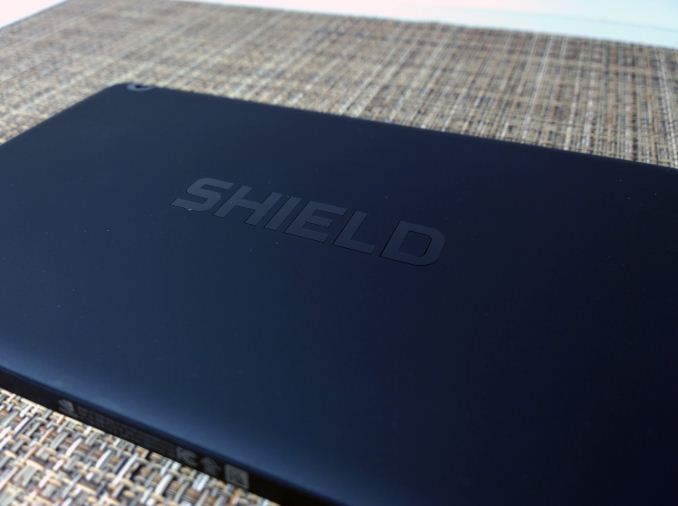
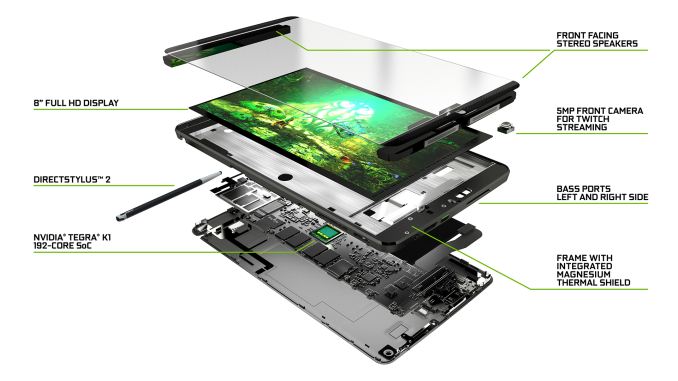
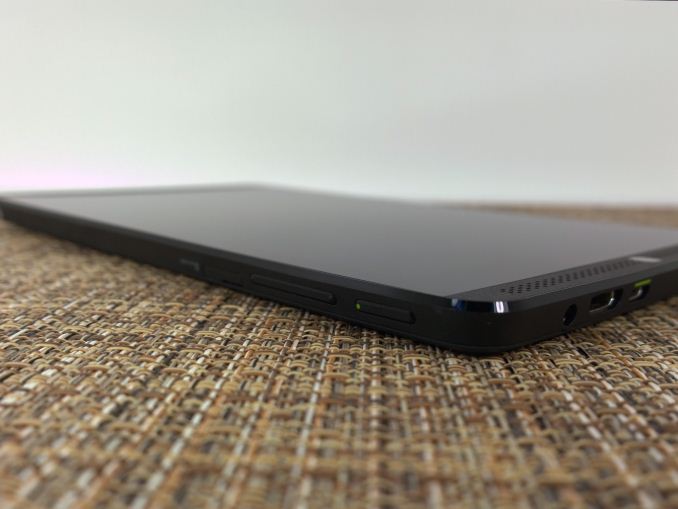
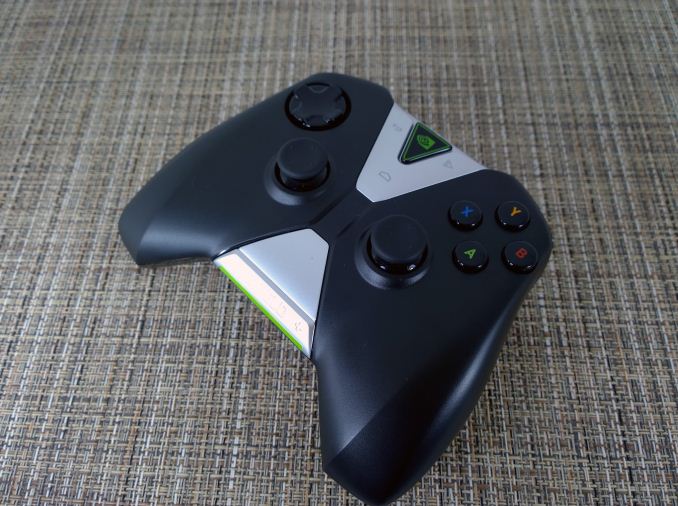








174 Comments
View All Comments
Knowname - Wednesday, July 30, 2014 - link
you make a good point, and one I actually considered when I looked for a new toy half a month ago. The Nexus7 (2013) would be just fine for my needs. THAN I saw this out of the corner of my eye and yes, I'll admit I WAS wooed somewhat by the false fantasy that is the 'latest and greatest'. The Nexus 7 is just fine and half the price! In the end though I succumbed to consumerism and though I like to think I'm very frugal I think I made a good deal.Bottom line, it's more than just a little snappier, it's THREE TIMES as snappy! The speakers are an upgrade, the connectivity is an upgrade, SD card compatible and best of all a great selfie camera!! xD ok I kid. Anyway forget the gamestreaming stuff (though... a definite plus if you leave your computer on 24x7) it's still very future proof I won't need to upgrade my tablet for at least a couple years with this!
Unfortunately I bought a GT630 along with this hoping it'd do the trick for gamestreaming but... I don't think it will by what I hear... why just the energy hog GTX cards?? Like I'm gonna leave a GTX based computer on 24x7 just so I can use it more on a remote basis? *ahem* not likely... hopefully they come out with some extremely low power GTX cards in the future.
fivefeet8 - Thursday, July 31, 2014 - link
Gamestream works with the recent Maxwell GTX 750 Ti. Probably one of the best if not the best performance per watt card out now. Plus most video cards use much lower power during idle.Knowname - Thursday, July 31, 2014 - link
but when your playing it it won't be idle. The GTX750ti may be my best bet, once I can get one for like 80 bucks I'll jump on it!phoenix_rizzen - Tuesday, July 29, 2014 - link
Small correction: First line of second paragraph:"NVIDIA is becoming the first tablet to launch a serious gaming tablet"
Guessing that "first tablet to launch" should be "first OEM to launch" or maybe "first hardware manufacturer to launch".
phoenix_rizzen - Tuesday, July 29, 2014 - link
Page 2, Console Mode paragraph:"Finally, there’s the aspect of GameStream and GRID, which make it possible for games to be played on the tablet that would otherwise wouldn’t work due to the compute requirements."
There's one to many "would" in that line. Guessing it's supposed to be "that wouldn't otherwise work".
Death666Angel - Tuesday, July 29, 2014 - link
Second paragraph:"today NVIDIA is becoming the first tablet to launch a serious gaming tablet running Android. "
Probably supposed to mean "first manufacturer" or something along those lines. :D
JoshHo - Tuesday, July 29, 2014 - link
Well, that's embarrassing. Typo corrected.SleepyItes - Tuesday, July 29, 2014 - link
Tegra K1 should support OpenGL ES 3.0, right? So, I wonder if it would be able to run the Dolphin (GameCube and Wii) emulator? The regular shield is awesome for running everything from NES to PSP (and even some NDS games), but being able to play GC/Wii games would be amazing. At the very least it would be cool if it could run NDS (e.g. DraStic) a little faster.lmcd - Tuesday, July 29, 2014 - link
ES 3 is a subset of OpenGL 4. There's no "wondering" about it.As long as the CPU translation is efficient on ARM, it should be feasible.
Read before you post.
fivefeet8 - Tuesday, July 29, 2014 - link
It supports OpenGL ES 3.1 and above. Portal and HL2 are running in Full OpenGL 4x mode on it. I doubt Dolphin couldn't run the same as it already did with the TK1 Dev board.